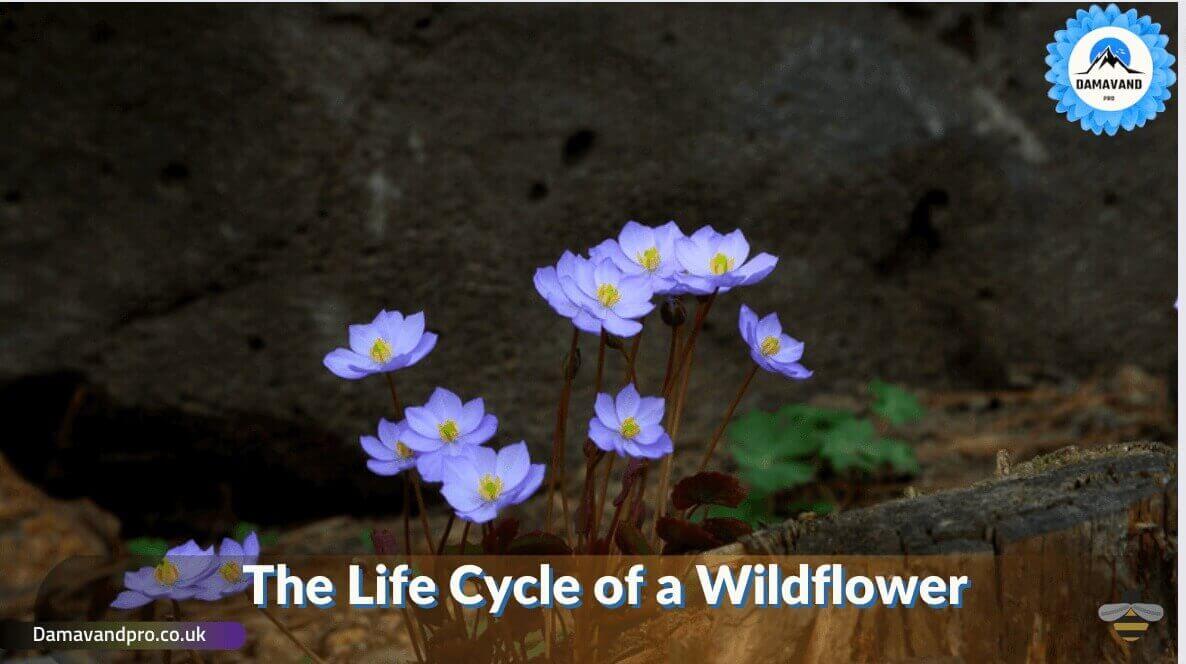+447709283333 | info@damavandpro.com

The Life Cycle of a Wildflower
Wildflowers are an important part of the natural environment, providing habitats for insects and animals, and providing beauty and a connection to nature for humans. A wildflower’s life cycle is a fascinating part of its biology which helps to ensure its survival.
Wildflower life cycles begin with germination, which is the process of a seed sprouting and forming a young plant. The seed will absorb water and swell, allowing it to crack open and a root to emerge from the bottom. When the seed sprouts, it will form a stem, leaves, and a flower bud.
The next stage of the wildflower life cycle is growth, where the young plant will mature into an adult. During this stage, the stem will elongate and the leaves will expand in size, while the flower buds will open up to reveal the flower. The flower will be pollinated by insects or other animals, and will produce new seeds, which will eventually disperse and spread the plant to new areas.
The final stage of the wildflower life cycle is dormancy, where the plant will die back and the root system will remain in the ground. During this stage, the plant will rest and conserve energy until the right conditions arrive for it to germinate and start the cycle again.
Wildflower life cycles are an important part of the natural environment and help to ensure the survival of these important plants. Understanding the life cycle of a wildflower can help us appreciate the complexity of nature and the importance of preserving the environment.
Example
Concrete Examples:
– Germination: Germinating a daisy seed in a pot of soil and watching the seed swell and crack open as a root emerges.
– Growth: Watching a dandelion go from a young seedling to a mature adult with a stem, leaves, and a yellow flower.
– Pollination: Watching a bumblebee land on a clover flower and collect pollen from the anthers.
– Dispersal: Observing a dandelion seedhead blowing in the wind and dispersing the seeds.
– Dormancy: Noticing a field of wildflowers slowly dying back as the seasons change and they enter the dormancy stage.
Test your knowledge
What is the final stage of the wildflower life cycle?
A. Germination.
B. Growth.
C. Pollination.
D. Dormancy.
